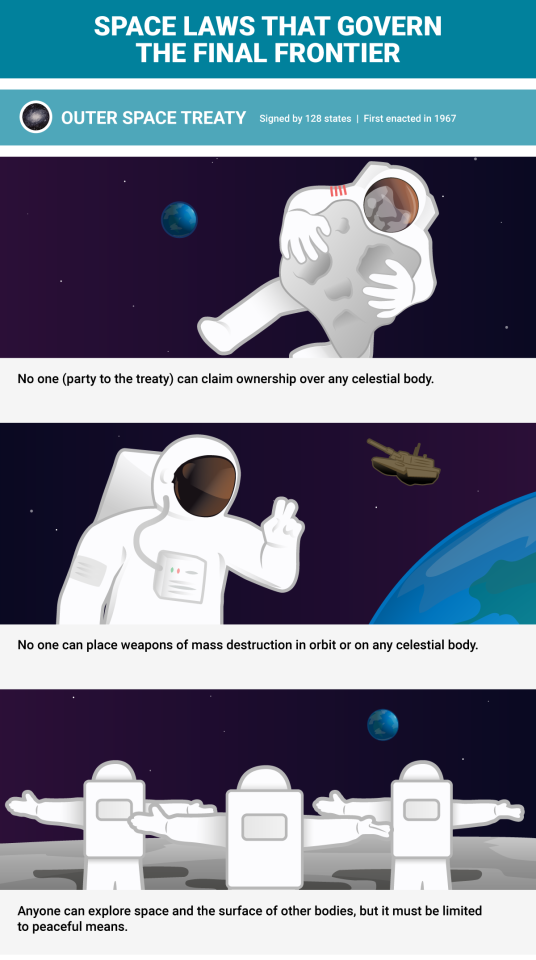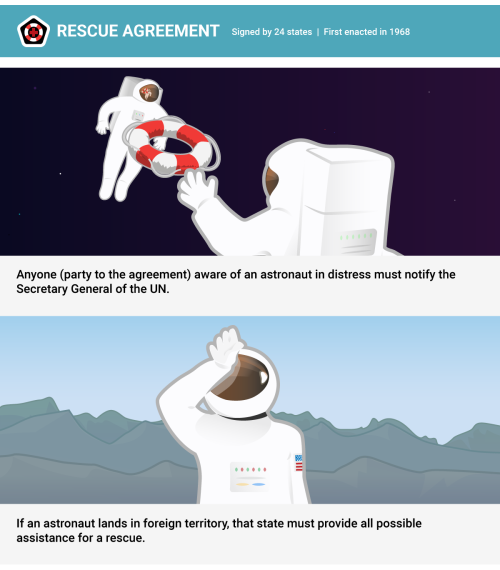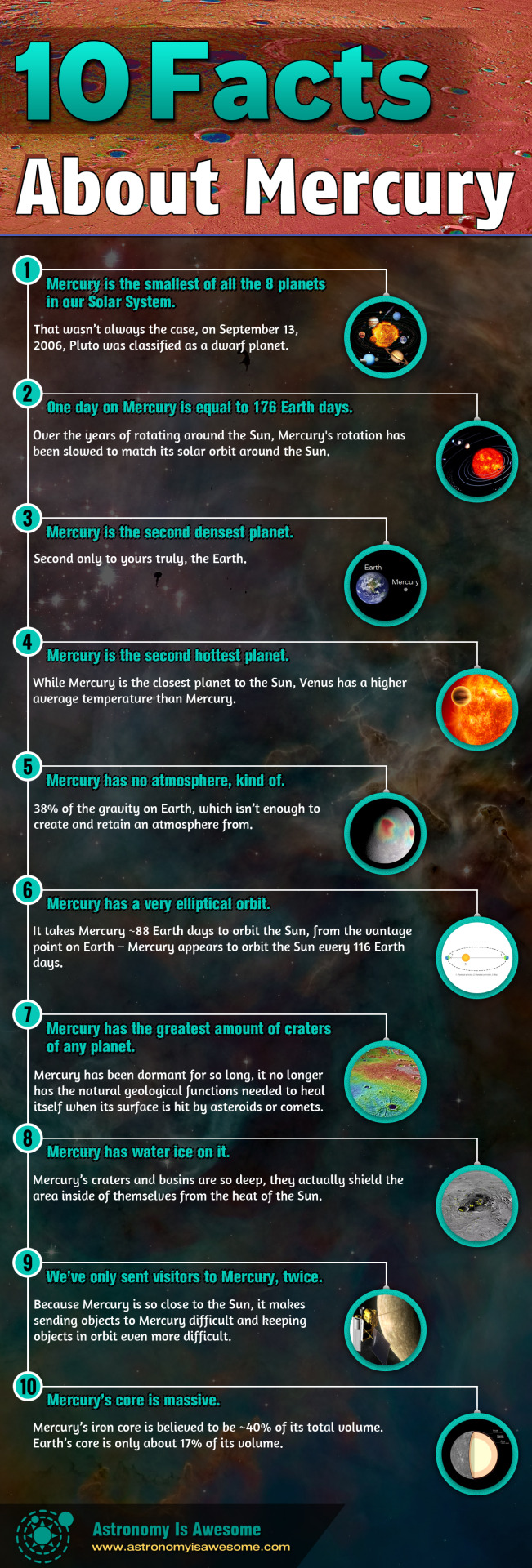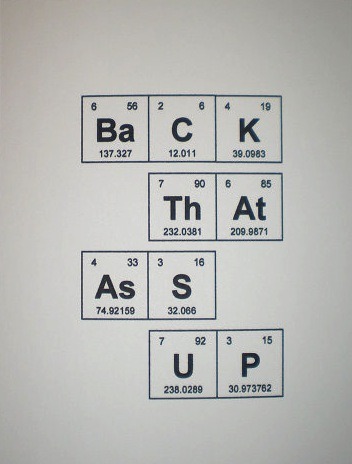Water On Mars!
Water on Mars!

Did you hear? New findings from our Mars Reconnaissance Orbiter (MRO) provide the strongest evidence yet that liquid water flows intermittently on present-day Mars.
Using an imaging spectrometer on MRO, we found hydrated minerals on slopes where mysterious streaks are seen on Mars. One thing that researchers noticed was that the darkish streaks appear to ebb and flow over time. During warm seasons, they darken and then fade in cooler seasons.

When discovered in 2010, these downhill flows known as recurring slope lineae (RSL) were thought to be related to liquid water. With the recent spectral detection of molecular water, we’re able to say it’s likely a shallow subsurface flow explains the darkening.
Mars is so cold, how could liquid water flow there? Great question! Since this liquid water is briny, the freezing point would be lower than that of pure water. Also, these saline slopes appear on Mars when temperatures are above minus 10 degrees Fahrenheit (minus 23 Celsius).
The dark, narrow streaks flowing downhill in the below image are roughly the length of a football field.

So there’s water, but how much? Currently we think this area has a very small amount of water, probably just enough to wet the top layer of the surface of Mars. The streaks are around four to five meters wide and 200 to 300 meters long.
Could humans drink this water? The salts in the water appear to be perchlorates, so you probably wouldn’t want to drink the water. It would most likely be very salty and would need to be purified before human consumption.
Perchlorate…What is that? A perchlorate is a salt that absorbs water from the air. Learn more about how it’s helping us unlock the mysteries of Mars in this video:
What’s next? We want to look for more locations where brine flows may occur. We have only covered 3% of Mars at resolutions high enough to see these features.
For more information on the Mars announcement, visit our Journey to Mars landing page. There is also a full recap of the press conference HERE, and a short recap below.
Make sure to follow us on Tumblr for your regular dose of space: http://nasa.tumblr.com
More Posts from Smartler and Others







The last, but not least of starry scholastic month!
This week’s entry: Black Holes
http://www.space.com/15421-black-holes-facts-formation-discovery-sdcmp.html
http://www.space.com/19339-black-holes-facts-explained-infographic.html




Interview: Stunning Vertical Panoramas of Churches by Richard Silver







Tumblr Valentines - The Love God version.
Reblog If You Can Take Off Your Bra Without Taking Your Shirt Off.
SCIENCE WARS – Acapella Parody (VIDEO)
Which field of science is the strongest? Physics, Chemistry, Biology or Math?
We have the disciplines battle it out in our new Star Wars inspired, acapella song.
Seduce me with science puns





The laws that keep space from spiraling out of control into a political war zone

Check out our 10 Facts About Mercury #Infographic!
http://astronomyisawesome.com/infographics/10-facts-about-mercury/
With #Mercury being the closest planet to the Sun, it’s very difficult to send spacecraft there to visit it, gather information and relay that back to us here on Earth. Nonetheless, we compiled all we know into this awesome infographic!
Wildest Dreams (Piano Instrumental)
Credit to Molotov Cocktail

-
 sweetbutterbliss liked this · 2 months ago
sweetbutterbliss liked this · 2 months ago -
 plus-sizedscribe reblogged this · 1 year ago
plus-sizedscribe reblogged this · 1 year ago -
 plus-sizedscribe liked this · 1 year ago
plus-sizedscribe liked this · 1 year ago -
 saphicspacesociety20 reblogged this · 1 year ago
saphicspacesociety20 reblogged this · 1 year ago -
 rosebella2016 liked this · 3 years ago
rosebella2016 liked this · 3 years ago -
 justremainingmyself liked this · 3 years ago
justremainingmyself liked this · 3 years ago -
 haruhisuzumiya-san liked this · 6 years ago
haruhisuzumiya-san liked this · 6 years ago -
 softblossompetals liked this · 6 years ago
softblossompetals liked this · 6 years ago -
 with-y reblogged this · 6 years ago
with-y reblogged this · 6 years ago -
 creative-dragons-run-amok liked this · 6 years ago
creative-dragons-run-amok liked this · 6 years ago -
 yxcvbnm666 liked this · 6 years ago
yxcvbnm666 liked this · 6 years ago -
 anyelomercado-blog reblogged this · 6 years ago
anyelomercado-blog reblogged this · 6 years ago -
 anyelomercado-blog liked this · 6 years ago
anyelomercado-blog liked this · 6 years ago -
 honeythatsokay liked this · 6 years ago
honeythatsokay liked this · 6 years ago -
 qazastra reblogged this · 6 years ago
qazastra reblogged this · 6 years ago -
 sciexpo reblogged this · 6 years ago
sciexpo reblogged this · 6 years ago -
 leptoquark3 liked this · 6 years ago
leptoquark3 liked this · 6 years ago -
 spaceyb0ye reblogged this · 6 years ago
spaceyb0ye reblogged this · 6 years ago -
 jwmusiccreations liked this · 6 years ago
jwmusiccreations liked this · 6 years ago -
 ayyyy-love liked this · 6 years ago
ayyyy-love liked this · 6 years ago -
 m00s3m4n liked this · 6 years ago
m00s3m4n liked this · 6 years ago -
 genocider-syo-is-still-my-queen liked this · 6 years ago
genocider-syo-is-still-my-queen liked this · 6 years ago -
 mleighlikes liked this · 6 years ago
mleighlikes liked this · 6 years ago -
 recklesslystudying-blog liked this · 6 years ago
recklesslystudying-blog liked this · 6 years ago